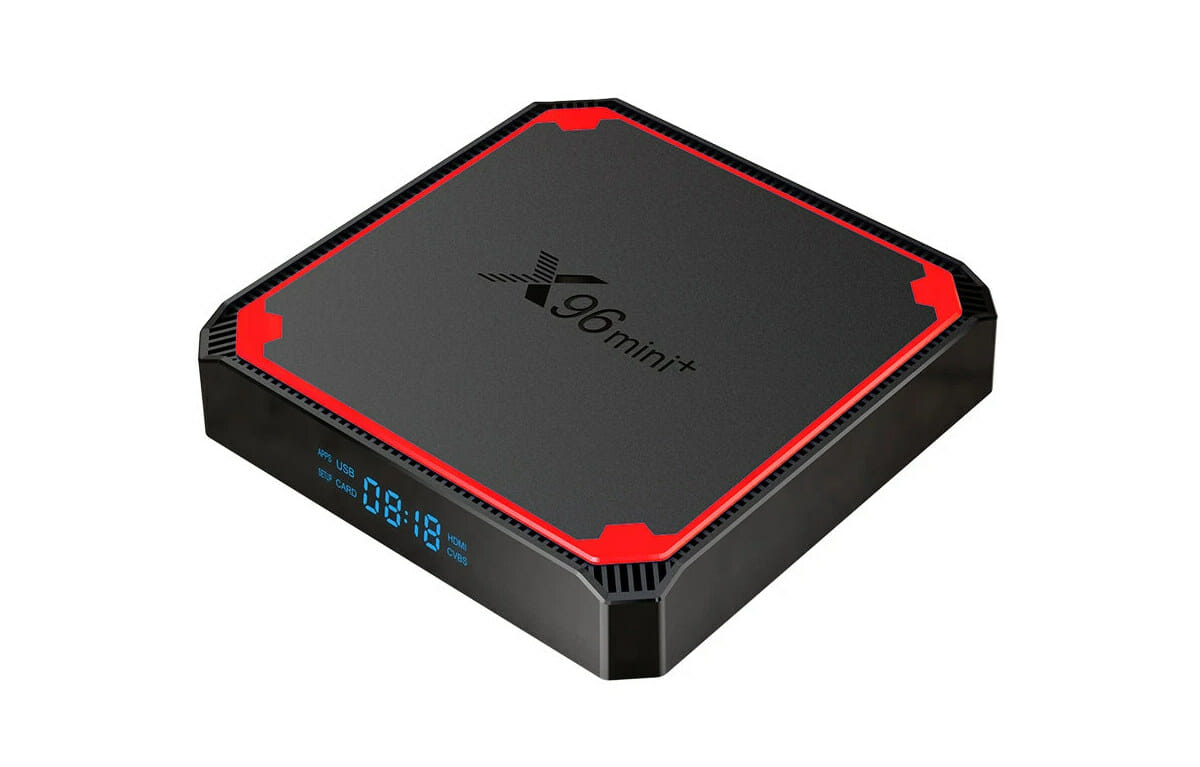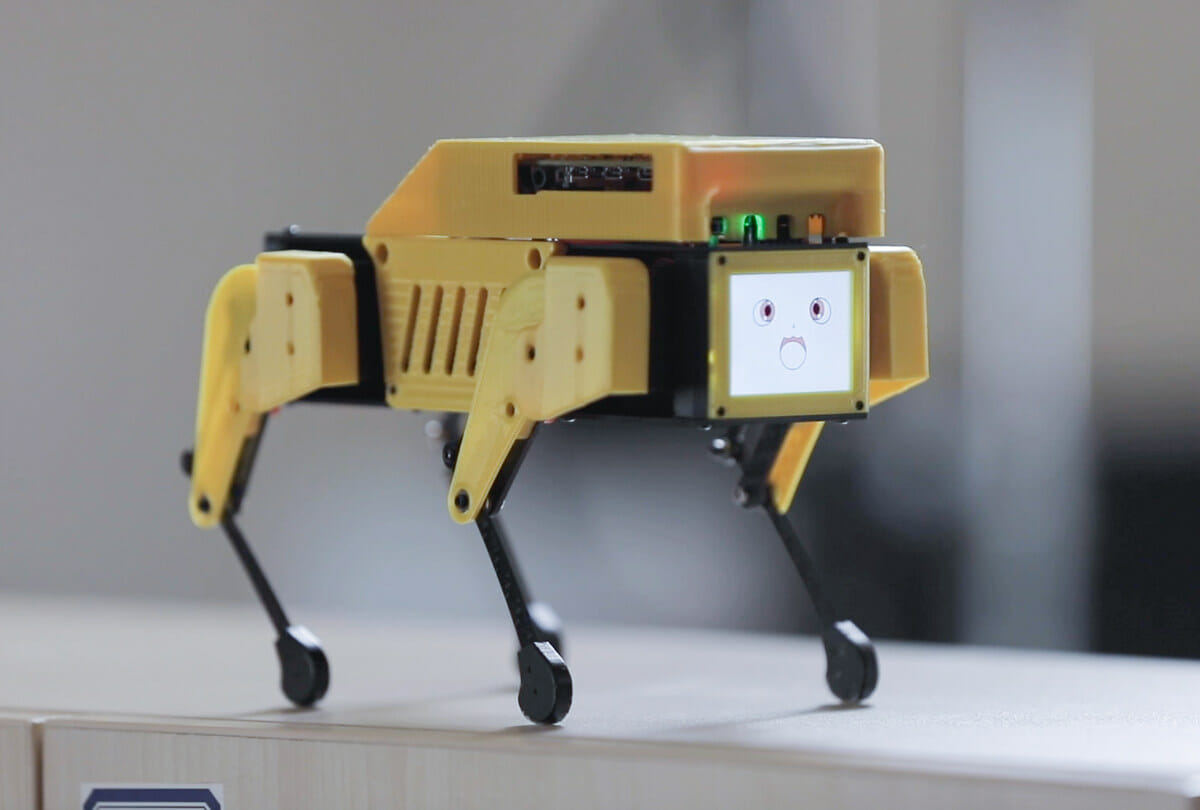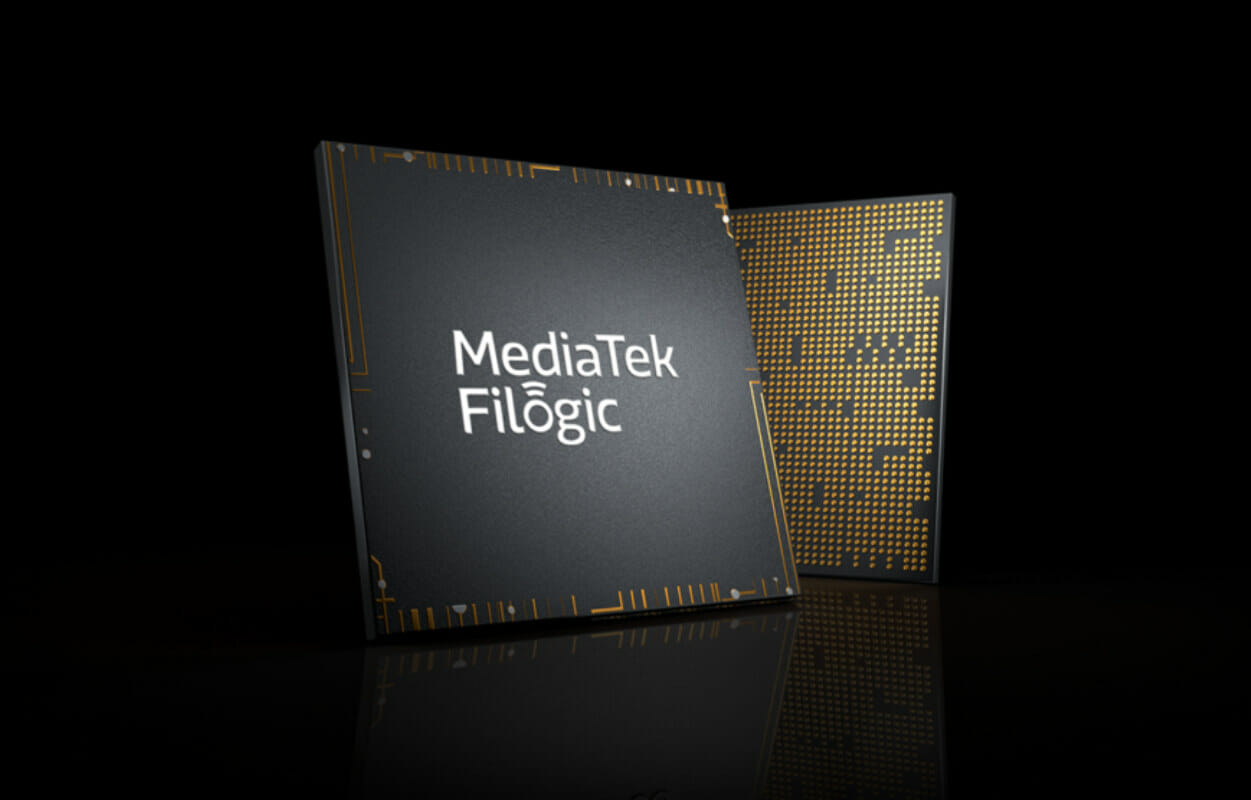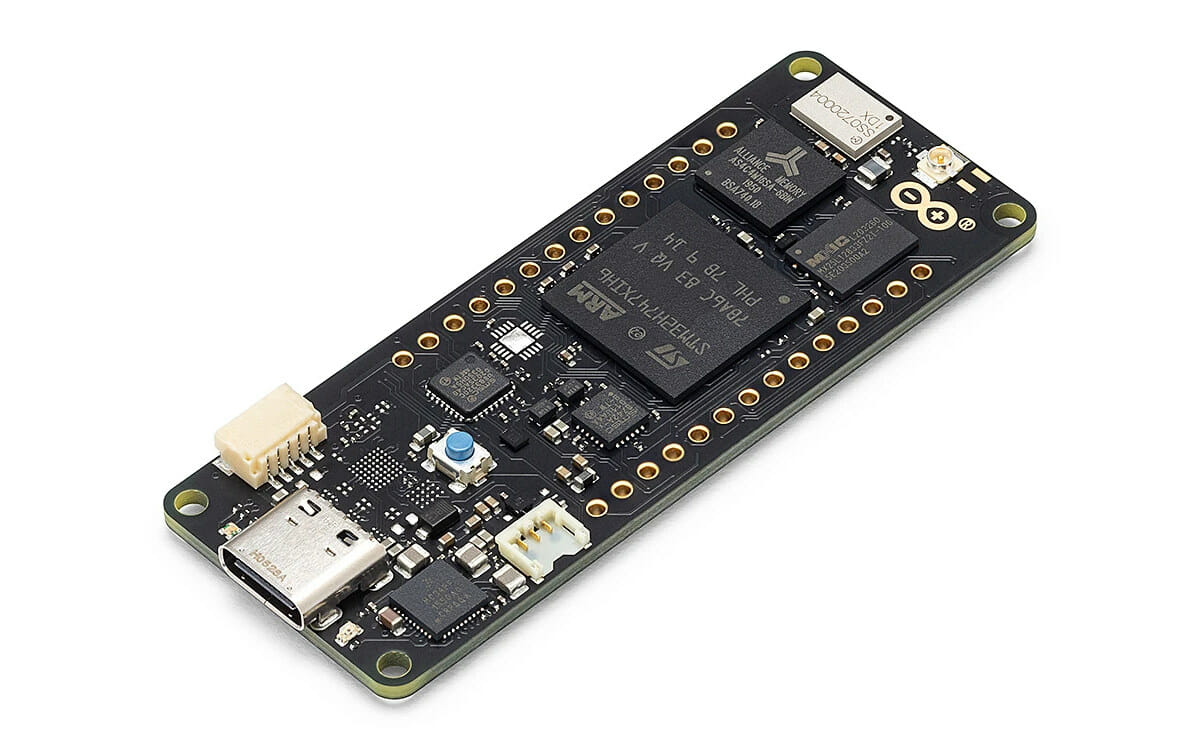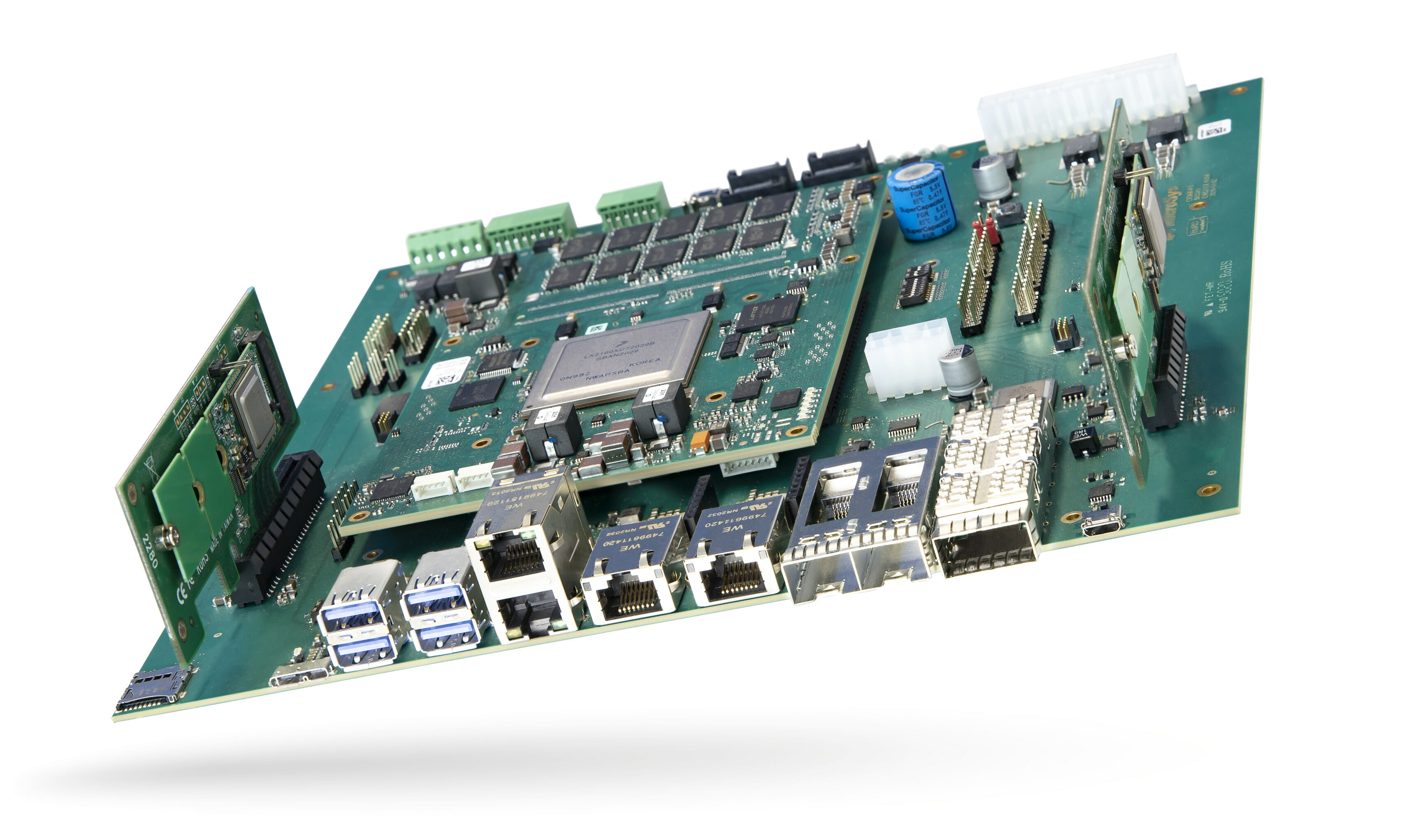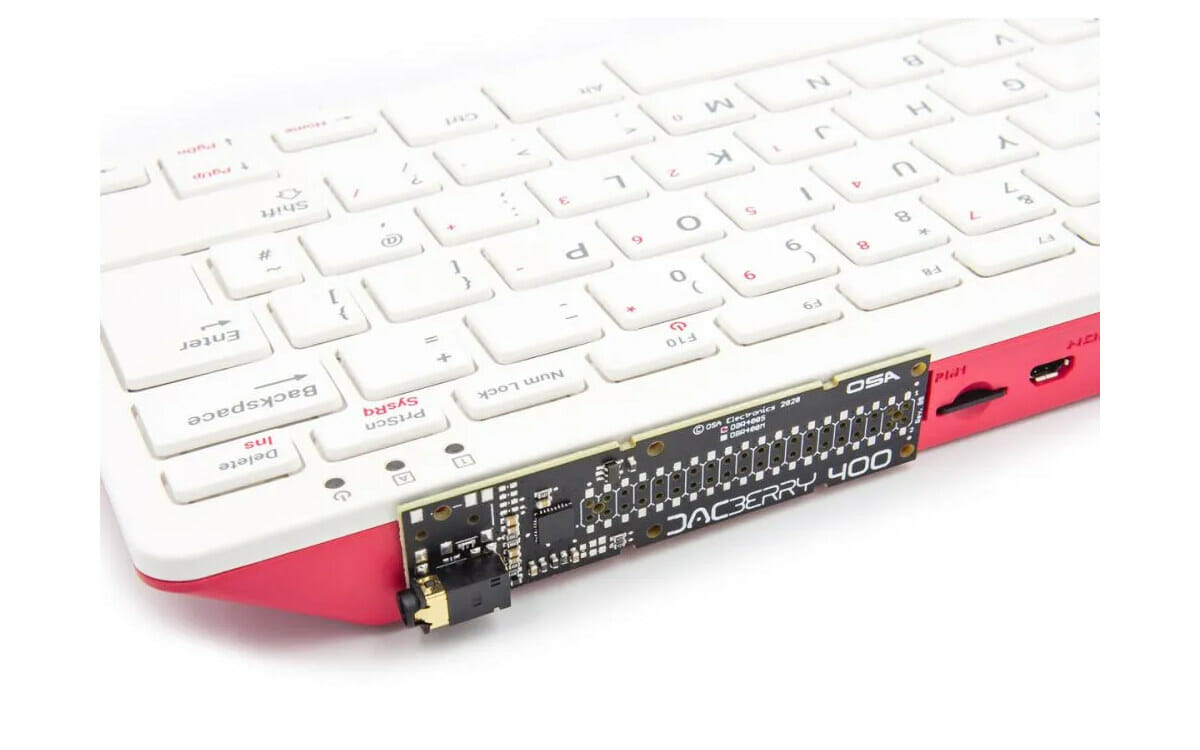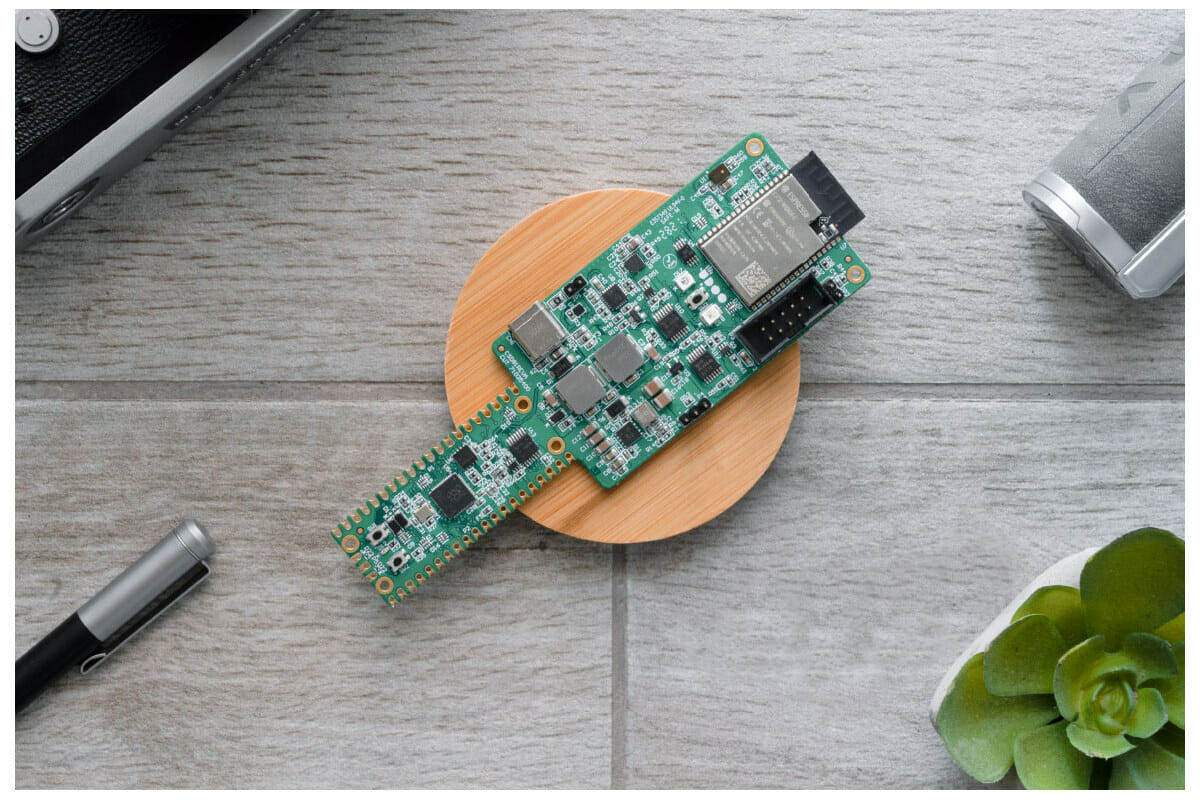As I just posted about MediaTek Filogic 830/630 WiFi 6/6E chip, I was informed that Amlogic may have its own WiFi chip as “W1” module showed up in the SDK’s source code. It turns out there’s at least one TV box with Amlogic W1 802.11b/g/n/ac module/chip?, namely X96 Mini+, that also happens to come with an Amlogic S905W4 quad-core Cortex-A53 processor we’ve never covered on CNX Software. Apart from the new processor and WiFI module, X96 Mini Plus is your typical entry-level 4K TV box with up to 2GB RAM, 16GB storage, HDMI 2.0 video output, composite video output, Ethernet, and a couple of USB ports. X96 Mini Plus specifications: SoC – Amlogic S905W4 quad-core Arm Cortex A53 @ 1.2GHz with penta-core Mali-450MP GPU @ 750MHz System Memory – 1 or 2GB DDR3 Storage – 8GB or 16GB eMMC flash, microSD card slot Video Output – HDMI 2.0a up to […]
Mini Pupper – Raspberry Pi 4-based robot dog teaches ROS, SLAM, navigation, computer vision (Crowdfunding)
Mini Pupper is a Raspberry Pi 4 powered robot dog inspired by Stanford Pupper open-source quadruped robot, and designed in “light collaboration” with Nathan Kau, the original creator of Stanford Pupper. Just like the original design, MangDang’s Mini Pupper is open-source, based on Ubuntu and ROS (Robot Operating System), and designed for robotics education in schools, homeschool families, enthusiasts and others, with notably students being able to learn out to use ROS, SLAM, navigation, and OpenCV computer vision through online courses that will come with the robot. Mini Pupper key features and specifications: SBC – Raspberry Pi 4 Model B with 2GB RAM Storage – 2GB microSD card Display – 320×240 LCD for facial animation Camera – Support for OpenCV AI Kit Lite 12 DOF via MangDang’s custom servos Optional Lidar module for SLAM (Simultaneous localization and mapping) Battery – 800 mAh Charger – Input voltage – 100-240V AC 50/60Hz, […]
MediaTek unveils Filogic 830 & Filogic 630 WiFi 6/6E chips
MediaTek has recently introduced the Filogic connectivity family with two parts, namely the Filogic 830 Wi-Fi 6/6E system-on-chip (SoC), and the Filogic 630 Wi-Fi 6E network interface card (NIC) solutions. The WiFi 6/6E tri-band (2.4, 5, and 6 GHz) chips are Wi-Fi Alliance EasyMesh certified, and designed for home, business, and enterprise router and repeater devices, home automation bridges, IoT gateways, as well as consumer devices such as laptops, TVs, IP cameras, etc… The MediaTek Filogic 830 is a complete 12nm SoC with a quad-core Cortex-A53 processor clocked at up to 2 GHz per core delivering over 18,000 DMIPs, hardware acceleration engines for Wi-Fi offloading and networking, dual 4×4 Wi-Fi 6/6E for up to 6Gbps connectivity, two 2.5Gbps Ethernet interfaces, and various other peripheral interfaces, but MediaTek did not provide any details about those. The company also says the chip includes FastPath low latency technology for gaming and AR/VR applications. […]
Portenta H7 Lite Connected brings back WiFi & Bluetooth
Arduino has launched another Arduino Pro board! Well, sort of. Let’s not get too excited. The Portenta H7 Lite Connected is based on last month’s Portenta H7 Lite that itself was a cost-optimized version of Portenta H7 board without a wireless module, USB-C video output, and only fitted with the lower cost Microchip ATECC608 secure element. Portenta H7 Lite Connected is exactly the same board, except it brings back the Murata 1DX module with 2.4GHz 802.11b/g/n WiFI 4 and Bluetooth 5.1 BR/EDR/LE connectivity, plus the related u.FL antenna connector. Portenta H7 Lite Connected specifications: Microcontroller – STMicro STM32H747XI Cortex-M7 @ 480 MHz + M4 @ 200 MHz MCU with 2MB dual-bank Flash memory, 1 MB RAM, Chrom-ART graphical hardware accelerator System Memory – 2MB SDRAM (upgradeable up to 64MB) Storage – 16MB QSPI NOR Flash (Upgradeable up to 128MB) Connectivity 2.4GHz WiFi 802.11b/g/n up to 65 Mbps and Bluetooth 5.1 […]
miriac AIP-LX2160A 16-core embedded platform delivers up to 130 TOPS with 5 Hailo-8 modules
MicroSys Electronics miriac AIP-LX2160A embedded platform combines a 16-core Cortex-A72 NXP LX2160A networking processor with up to five Hailo-8 AI accelerator modules delivering up to 130 TOPS of AI inference performance. The board supports up to 128 GB RAM, up to 4x SATA hard drives, up to 100GbE connectivity, and appears to be especially suited to applications with multiple IP video streams requiring real-time video analytics. miriac AIP-LX2160A specifications: SoC – NXP Layerscape LX2160A with 16 Arm Cortex-A72 cores @ up to 2.2 GHz AI accelerators – 2x Hailo-8 M.2 AI Acceleration Modules, upgradeable to up to 5 Modules via NGFF M.2 Key M card System Memory – Up to 128 GB DDR4 RAM & optional ECC, up to 3200MT/sec, up to 4 ranks (combined design: 2x discrete & 2x SODIMM) Storage 4x SATA III ports Up to 256 GB eMMC 5.1 flash, additional eMMC device on carrier board Up […]
Add an audio jack to Raspberry Pi 400 with the DACBerry 400
The Raspberry Pi 400 is a keyboard PC with most of the features of Raspberry Pi 4 SBC, with one of the exceptions being the lack of AV port. But you can now add a 3.5mm audio jack to the Raspberry Pi 400 through the DACBerry 400 S expansion board that connects to the 40-pin GPIO header. It’s a neater way than using a cheap USB audio dongle with microphone and headphone jacks, as it takes less space, and does not occupy any of the USB ports from the Raspberry Pi 400, and it does not prevent you from using the GPIO header. It’s also better suited for headphones with both microphone input and analog stereo audio output into a single jack, and probably comes with better audio quality than the low-cost USB dongles. DACBerry 400 S (DBR400S) specifications: Gold-plated 3.5mm headset/headphone jack (mic in – stereo out) DAC SNR […]
Android 12 source code pushed to AOSP
Google has now pushed Android 12 source code to AOSP (Android Open Source Project), after introducing Android 12 new features and the developer preview in February, and the first Android 12 Beta in May. The latest version of the mobile operating system should become available on recent Google Pixel phones in the next few weeks, followed by phones from Samsung, OnePlus, Oppo, Realme, Tecno, Vivo, and Xiaomi. You can download the code with the following command :
|
1 2 |
repo init -u https://android.googlesource.com/platform/manifest -b android-s-beta-5 repo sync |
Eventually, there should be an Android 12 tag in the manifest similar to android-12.0.0.0_r1. But that still means developers can start retrieving the source code to adapt the operating system to their needs, for example, to implement support for single board computers or TV boxes that do not use Android TV OS. The release notes for the source code list of the changes made to Android 12 OS including: Support for Android […]
UDOO KEY ESP32 & RP2040 board launched for $4 (Crowdfunding)
UDOO is known for its x86 boards that embed an Arduino compatible MCU, but the UDOO KEY is different, as it does without an Intel or AMD processor, and instead, combines Raspberry Pi RP2040 microcontroller with Espressif ESP32 WiFi & Bluetooth WiSoC. As we noted in the past combining Raspberry Pi Pico/RP2040 with ESP32 does not make a lot of sense in most cases, but here’s the UDOO KEY will be offered for just $4 for the first 1,000 units, so they’ll basically throw the ESP32 for free since it’s the same price as one Raspberry Pi Pico, before eventually selling the device for $20. UDOO KEY specifications: MCU- Raspberry Pi RP2040 dual-core Arm Cortex-M0+ microcontroller @ 133 MHz with 264KB of on-chip SRAM Storage – 8MB QSPI Flash for RP2040 Wireless module – ESP32-WROVER-E with ESP32-D0WD-V3 dual-core WiFi + Bluetooth SoC, 16MB SPI flash, and 8MB PSRAM Sensor – […]

